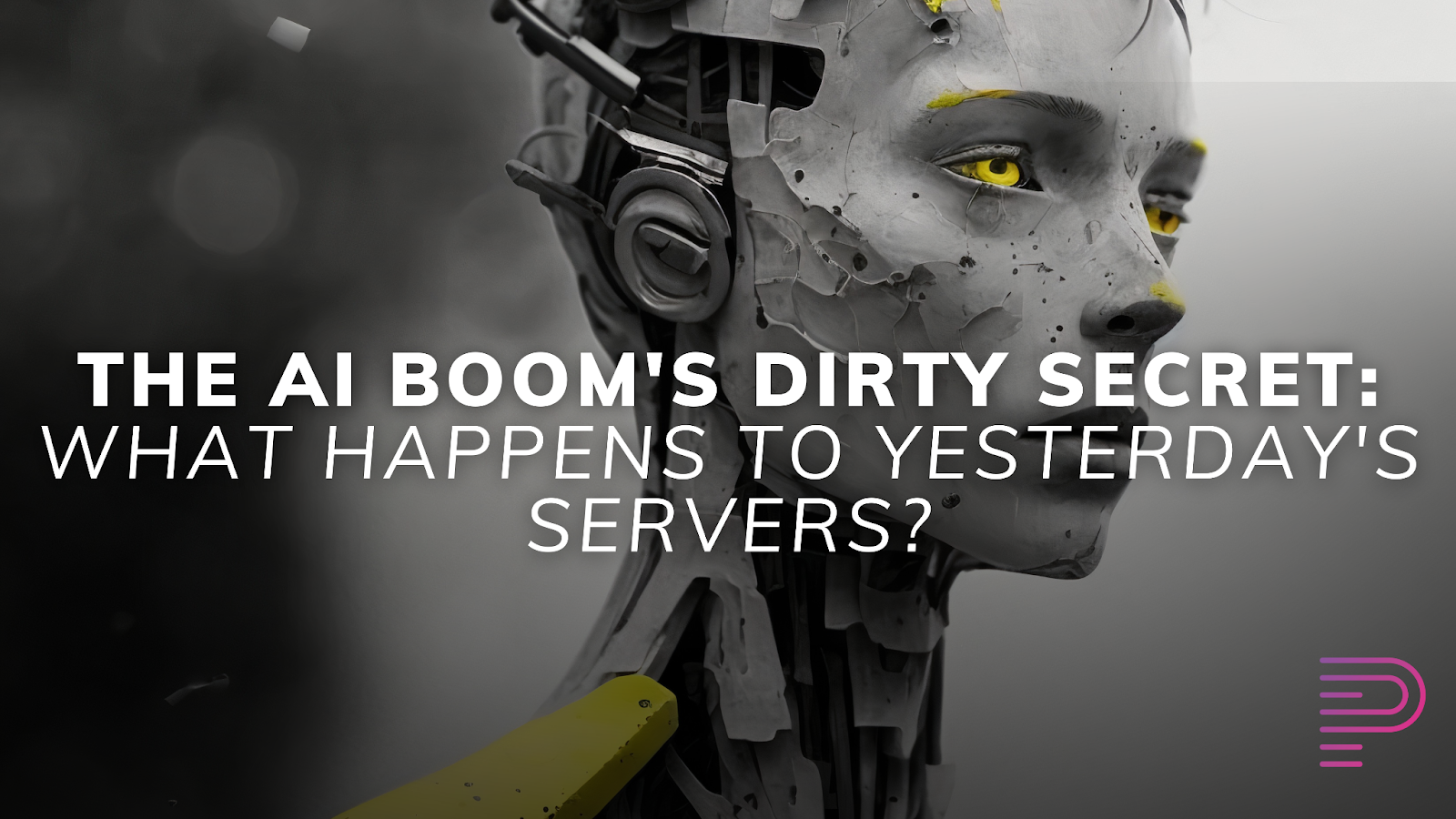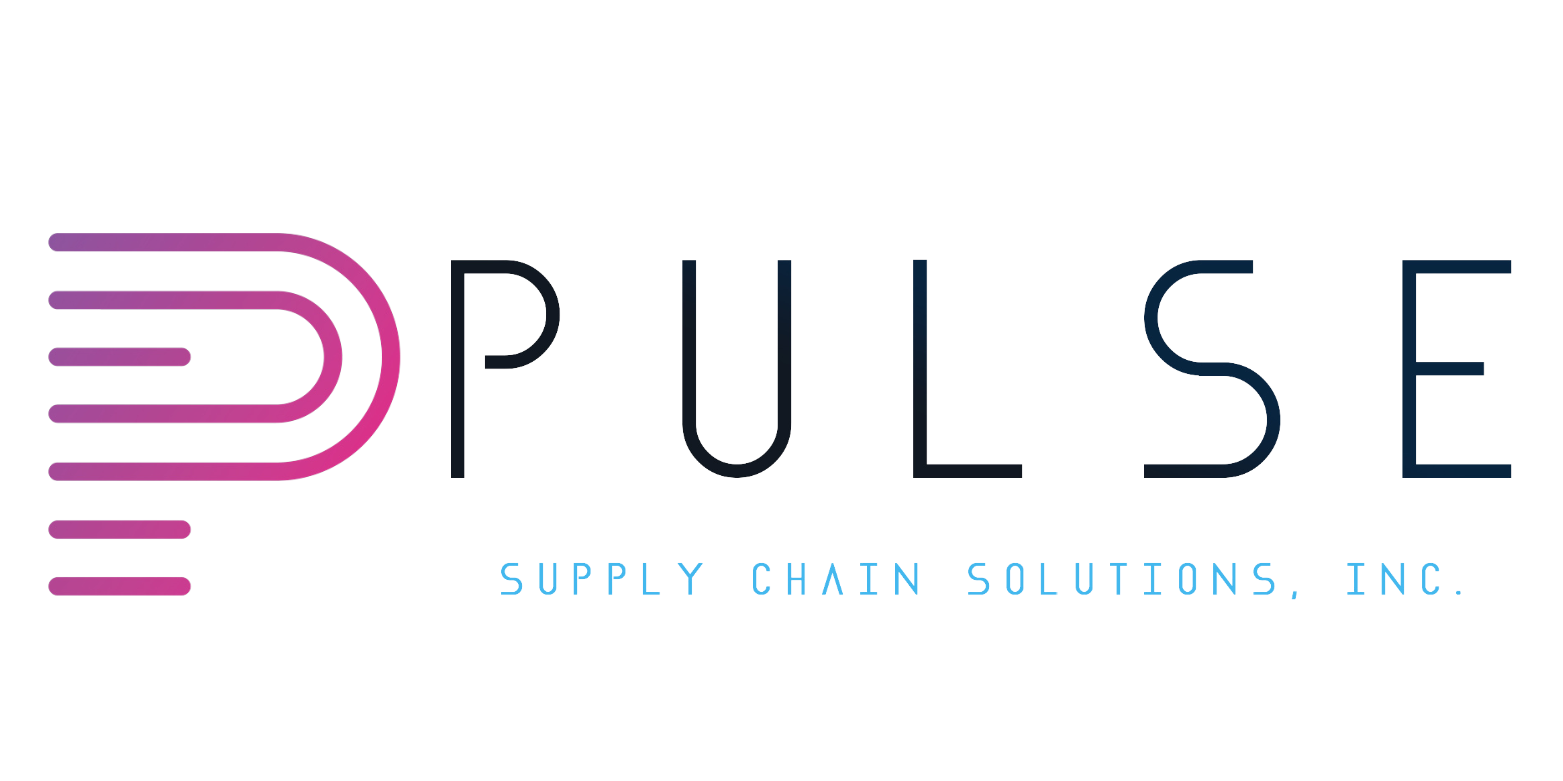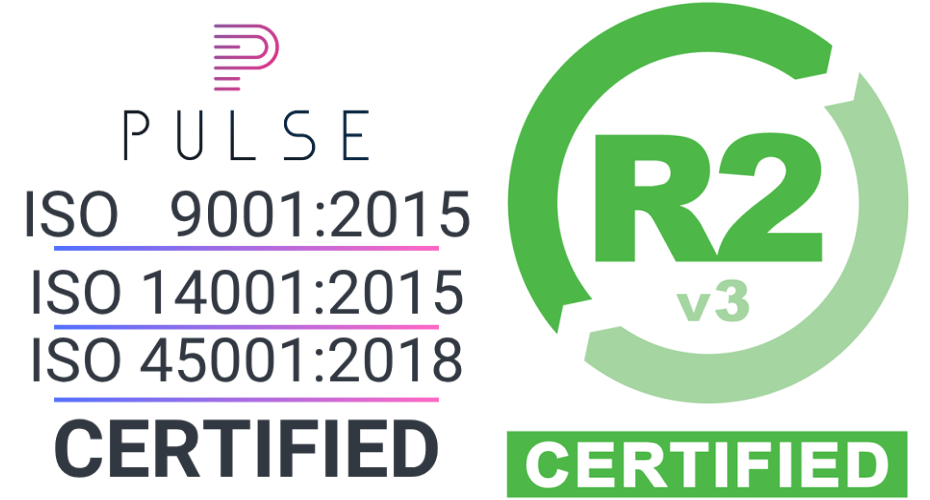
The AI Boom’s Dirty Secret: What Happens to Yesterday’s Servers?
What happens when the machines that power tomorrow become yesterday’s clutter? That question is becoming uncomfortably relevant as hyperscalers and enterprises continue their race toward AI supremacy. From Nvidia’s H100s to custom accelerators, the infrastructure boom is real, but so is the overlooked consequence: rapidly obsolete hardware.
In 2023 alone, global spending on AI infrastructure surpassed $50 billion, with projections doubling in the next three years. This surge is being driven by a demand for lower latency, higher computing power, and massive data throughput. Enterprises, eager to stay ahead of the AI curve, are replacing systems at a pace that dwarfs previous upgrade cycles. But while the headlines celebrate every new data center expansion and procurement deal, fewer talk about what happens to the hardware that’s being left behind. Obsolete doesn’t mean useless, it means undervalued.
The pace of innovation is outstripping the traditional IT refresh cycle, creating a surge in mid-life assets that still have potential value. Often, these are machines that could be reused in edge computing environments, refurbished for secondary markets, or harvested for parts in the circular economy. But without a strategy, they become a logistical burden.
This is where reverse logistics and ITAD come into play, not as a cleanup crew, but as strategic partners in lifecycle planning. Companies that integrate secure decommissioning, certified data wiping, and value recovery from day one of deployment (not year five) can offset massive capital expenditures and reduce environmental liabilities. It’s about building a lifecycle loop, not a straight line to disposal. ITAD isn’t the end of the road; it’s the pivot point.
Pulse is helping AI-forward companies make smarter, faster, and more sustainable transitions from one generation of hardware to the next. With services designed to capture the residual value of aging infrastructure, we’re proving that agility and responsibility can go hand in hand. Because in the world of AI, yesterday’s tech isn’t trash. It’s tomorrow’s opportunity . . . if you know how to unlock it.


